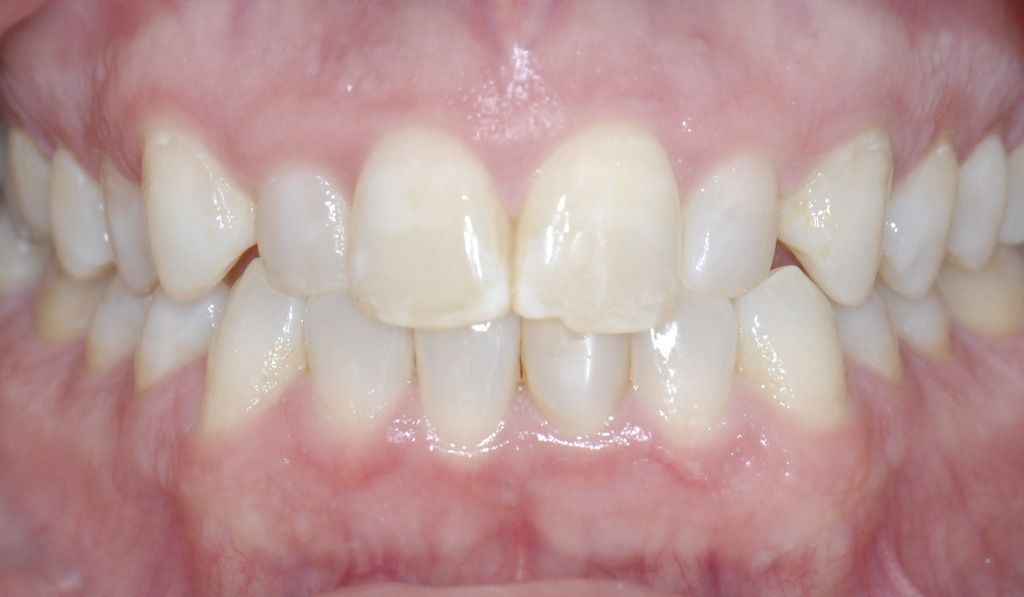Crown Lengthening
What is Crown Lengthening?
This is a surgical dental procedure involving the removal of gum tissue and bone to expose more tooth surface area.
Why is Crown Lengthening performed?
Crown lengthening is often performed when a tooth needs to be restored, but not enough of the tooth protrudes above the gum line to support a filling or crown. This can happen when:
A tooth cracks or breaks near the gumline.
A crown or a filling falls out of a tooth and there is tooth decay underneath.
A tooth has decay below the gumline.
This procedure can also be indicated if you have a crown or filling that is below the gumline and is causing chronic inflammation.
Another time that crown lengthening can be useful is to improve the esthetic appearance of short or severely worn teeth in a cosmetic area. The procedure results in a tooth that is longer in structure than before the procedure.
Crown lengthening can also be used in cosmetic dentistry to fix a "gummy smile" – when a patient has a lot of gum tissue around their upper teeth. Excess gum tissue is removed to create a more aesthetically pleasing appearance. For more information, see photos below.
How is Crown Lengthening performed?
The periodontist will expose the roots of the teeth and the surrounding bone. They will then remove gum tissue and sometimes bone from around the roots of the teeth. Once enough of the tooth has been exposed, the area will be irrigated with a sterile solution and the area will be sutured. The periodontist may cover the surgical site with a dressing that will stay on for approximately one week.
Before
Before
After
After
What are the steps after Crown Lengthening surgery?
You will be given prescriptions for a pain reliever and a special mouth rinse. You will be asked to follow a somewhat soft diet. You can brush the teeth near the stitches, but avoid the gums. If a restoration is needed, it can be done approximately 6-8 weeks after the procedure.




